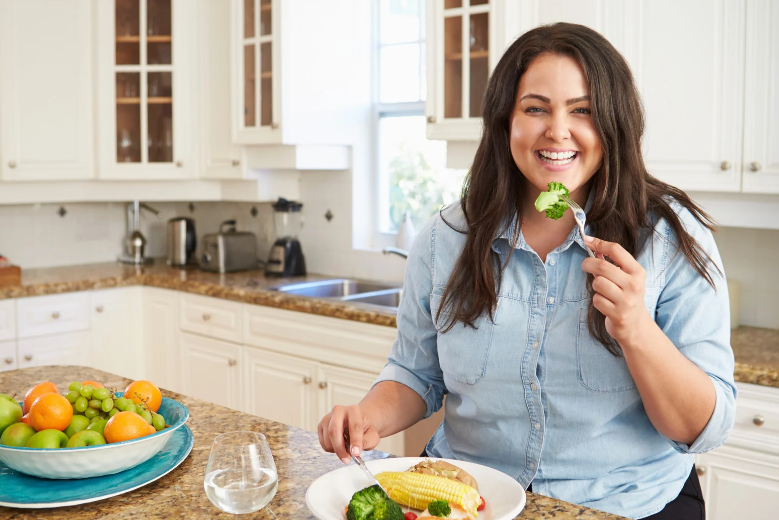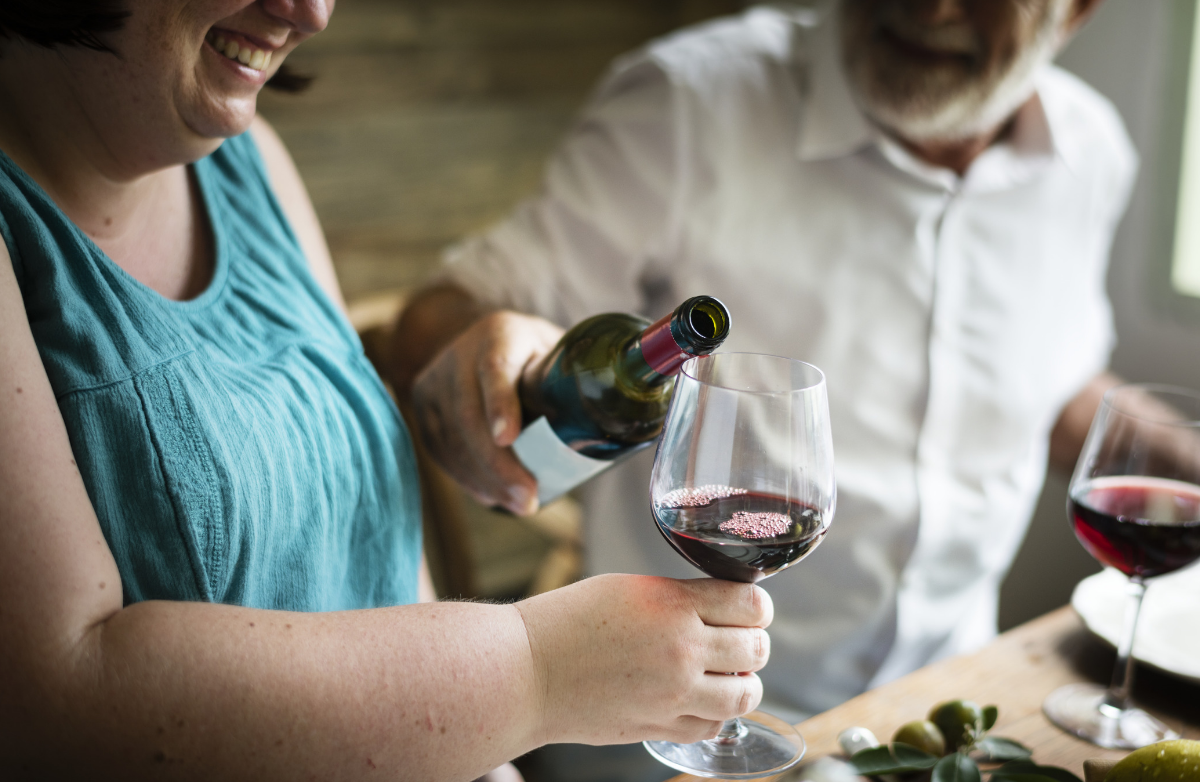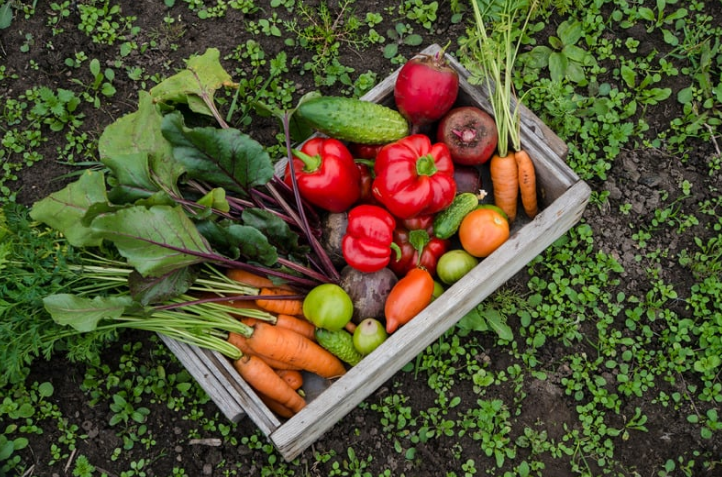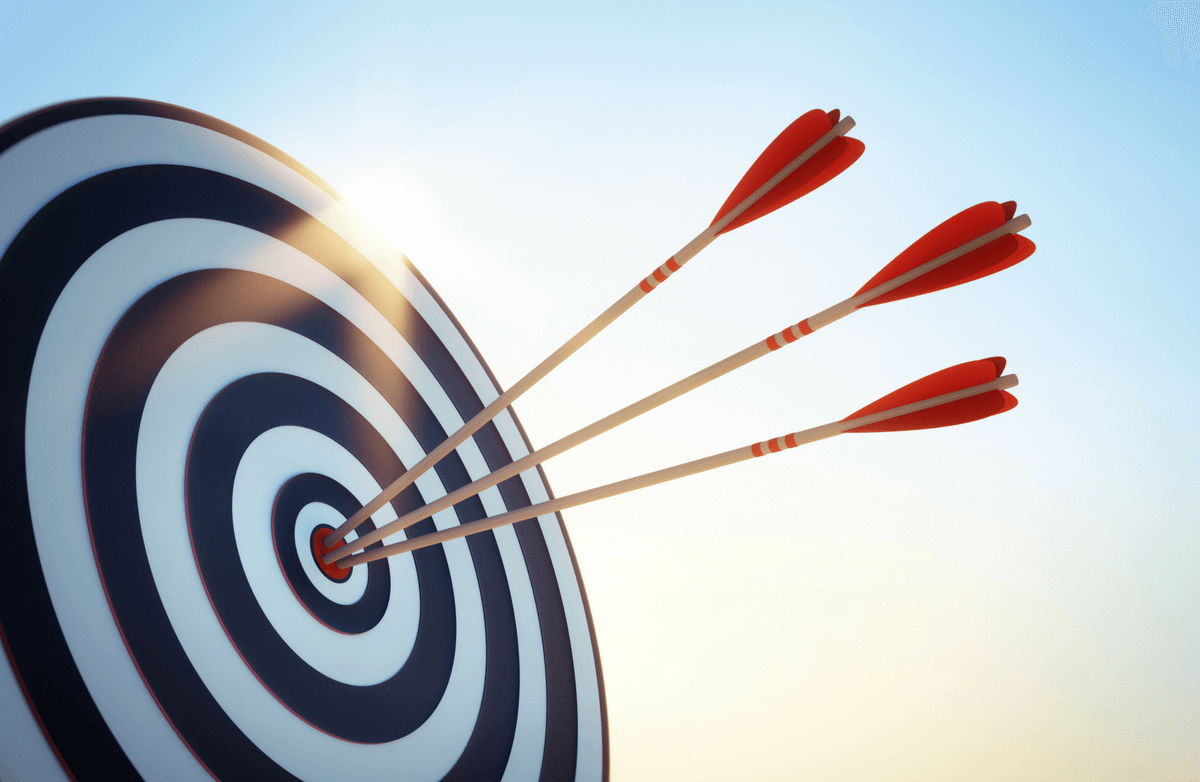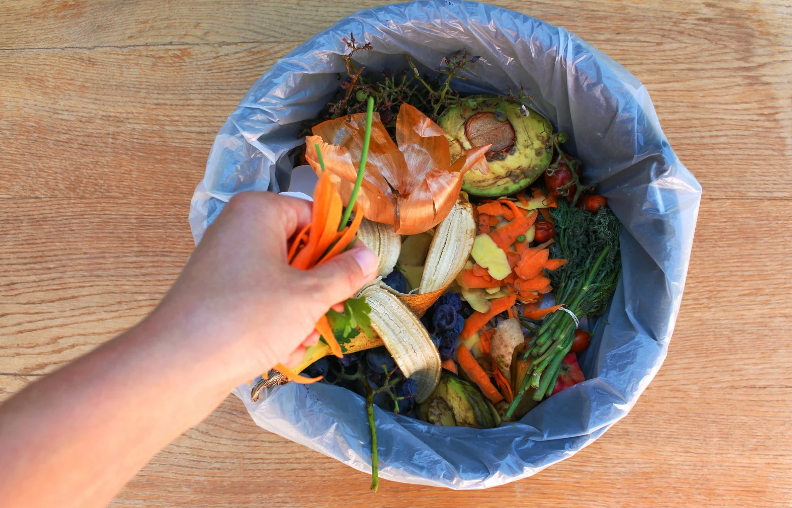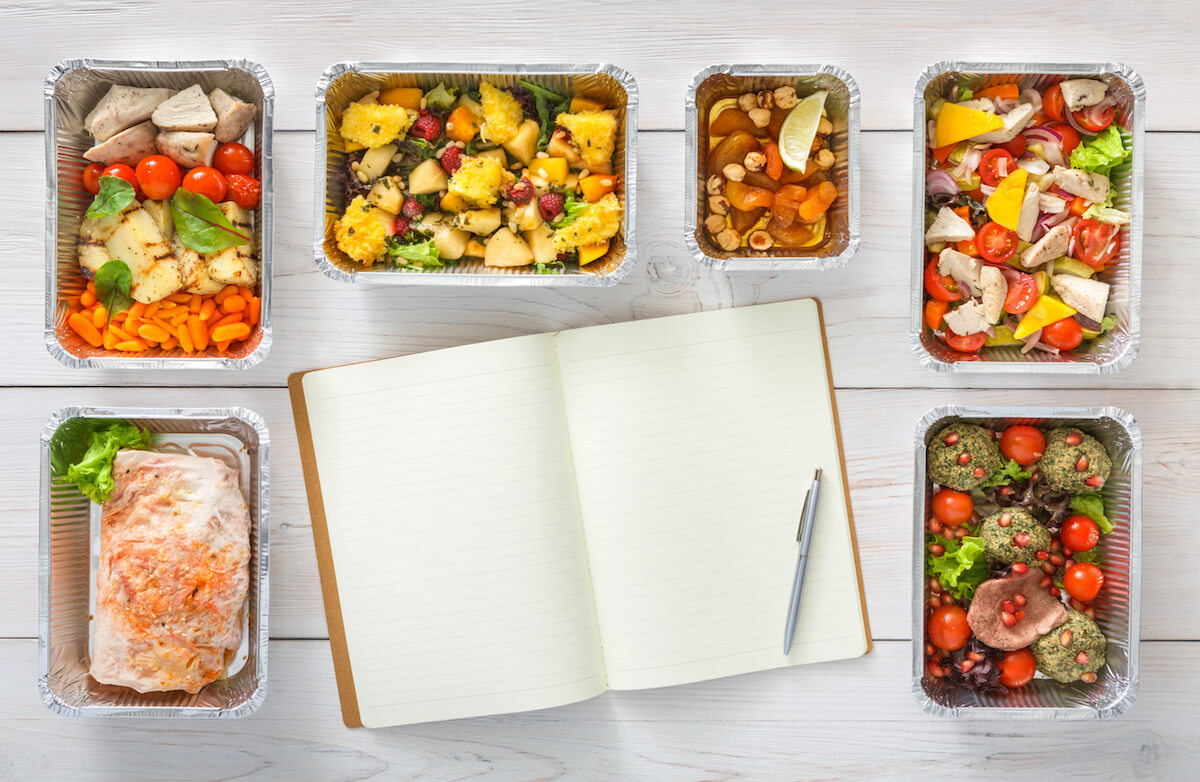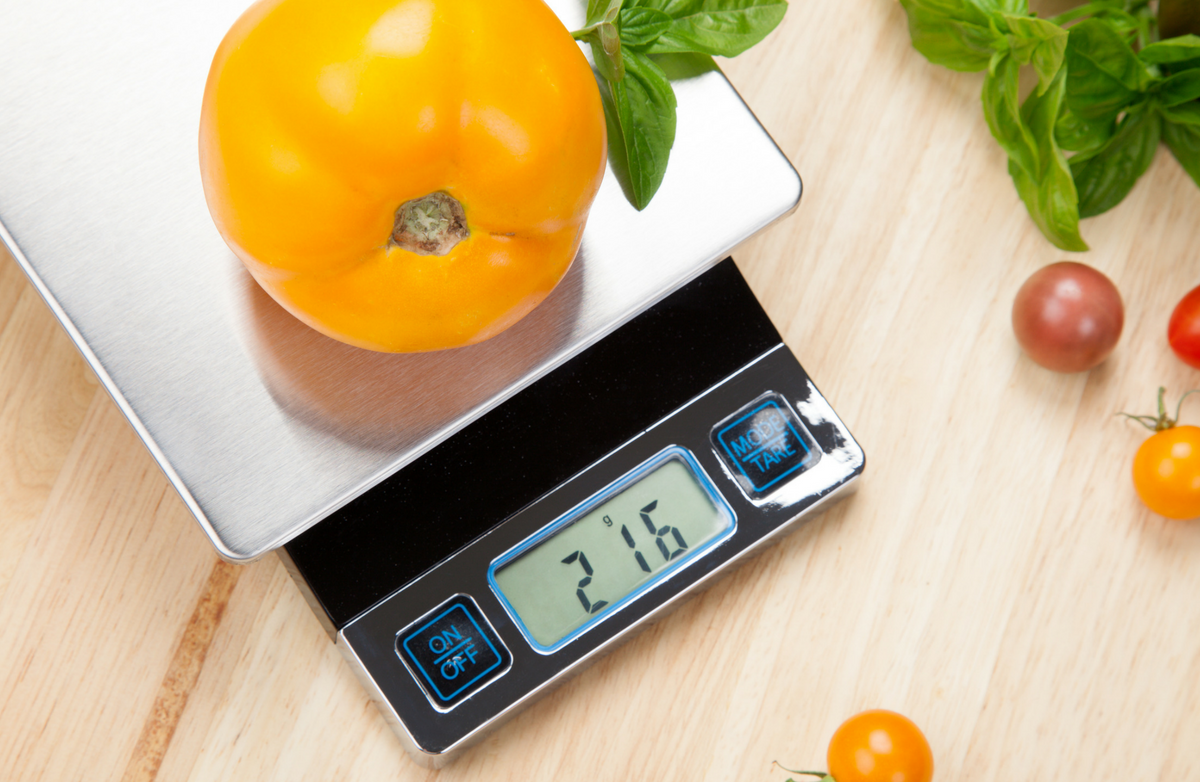
When you're trying to lose or maintain weight, how much you eat is just as important as what you eat. In a world filled with super-sized, well, everything, it's all too easy to bust your calorie budget in a single sitting.
A "portion" is defined as "the amount of food you choose to eat for meals or snacks (like a plateful of pasta or a handful of raisins)." A "serving," which is what is listed on nutrition labels, is the amount of food that experts recommend that you eat of a certain food. Ideally, your portion sizes should align as closely as possible to serving sizes.
Even when you're sticking to healthy foods, it's still possible to overeat. But how do you know what constitutes a proper portion? Dr. Pat Salber, founder of The Doctor Weighs In, presents an example: Let's say you look up how many calories are in pepper jack cheese, your favorite mid-afternoon snack. The answer comes back as 106 calories in an ounce. The problem is, you're not sure what an ounce of cheese looks like. The other problem is that when you're hungry, you might be inclined to underestimate the size of the chunk you cut for yourself.
So what is the appropriate way to verify you’re eating the correct portion? This is where a food scale comes in handy.
Why Use a Food Scale?
Ken Immer, president of Culinary Health Solutions, notes that because of today's distorted portion sizes, most people don't really know how much food they are eating. "A food scale is a great way of learning about real portion sizes, and it can be helpful for people who are calorie counting," he says. "If you’re assuming that you’re eating a three-ounce chicken breast, but you’re actually eating a six-ounce piece, that can amount to a 160 calorie difference."
A food scale can also serve as what Immer calls a "speed bump" when it comes to overeating, because it causes a moment of personal accountability when you have to stop and weigh the food. "It's a great way to reduce calories by simply taking away a relatively small amount from every meal that you almost don’t notice, and those small amounts add up," he points out.
As you start to learn how many calories and macronutrients are in certain portions, a food scale "trains" you to apply those same principles on your own, notes Sarah Adler, a strength coach with Steiner Strength. "Using a scale will also help you learn real food portions, so you can eyeball more effectively when you're not with your scale, or when you get more flexible with your diet in the future."
How Does a Food Scale Work?
Most food scales allow you to choose the unit of measurement in which you'd like to weigh your food, such as pounds, ounces or grams, says Adler. Some scales have macronutrient calculators on them, where you can program in the food you are weighing and the scale will then display the food's macronutrient profile given its measured weight.
It may seem easy to weigh, say, a chicken breast, but what about things like powders, liquids, seeds, oils or rice? Dr. Salber says you can weigh those types of foods by first weighing the container or cup that you are going to put them in, and then re-weighing the container with the food. The difference between the two weights is the weight of the food. That said, it may be easier to use measuring cups or tablespoons for liquids, dips, spreads and oils, than to use a scale.
One thing to keep in mind, Immer says: If you're switching between measuring cups and the scale, you will see an "oz." unit of measure on the cups, and that is the same word you will see on the scale—but they don't mean the same thing. "If you were to measure eight ounces of beans on a scale, and then put those beans in a measuring cup, it will not 'match' with the 8-oz. line on the cup," he says. "However, if you were to use a measuring cup to measure one cup, which is eight fluid ounces of water, and then you were to measure that on the scale, it actually would weigh eight ounces. So liquids that have about the same consistency as water—milk, oil, eggs—can be measured by either a measuring cup or the scale. But things like molasses and honey that are much thicker than water must be weighed on a scale."
5 Tips for Properly Using a Food Scale
- "Zero it out" before you start. Especially if you're using an analog scale (or mechanical), it's important to set it to zero before placing food on it. Most digital scales will reset to zero automatically. "If you do not zero the scale, then you are not getting a correct measurement," Immer says.
- Weigh food before it's cooked. For most food products, the information on the nutrition label pertains to its raw, uncooked version. After the cooking process, meats, veggies and grains will lose some of their weight, but will still have the same amount of fat and calories. To prevent the "accidental" consumption of extra fat and calories, be sure to weigh foods in their dry, raw form.
- Choose a scale with a large enough capacity. When looking at scales, it's best to choose one that has a capacity of five or more pounds rather than one with a capacity of only one or two pounds.
- When accuracy counts, go digital. There are two general types of food scales: analog and digital. Analog versions work with a spring, and the needle moves as you add items to the scale. These scales can become less accurate over time as the springs start to wear out, Immer warns. Digital versions use an electrical load sensor to measure weight and have a liquid crystal display. If you're weighing for precise accuracy, a digital version is the best option.
- Keep it clean. In between uses, clean off the weighing plate to prevent the build-up of any food residue that could contribute to an incorrect weight or bacteria from older food.





